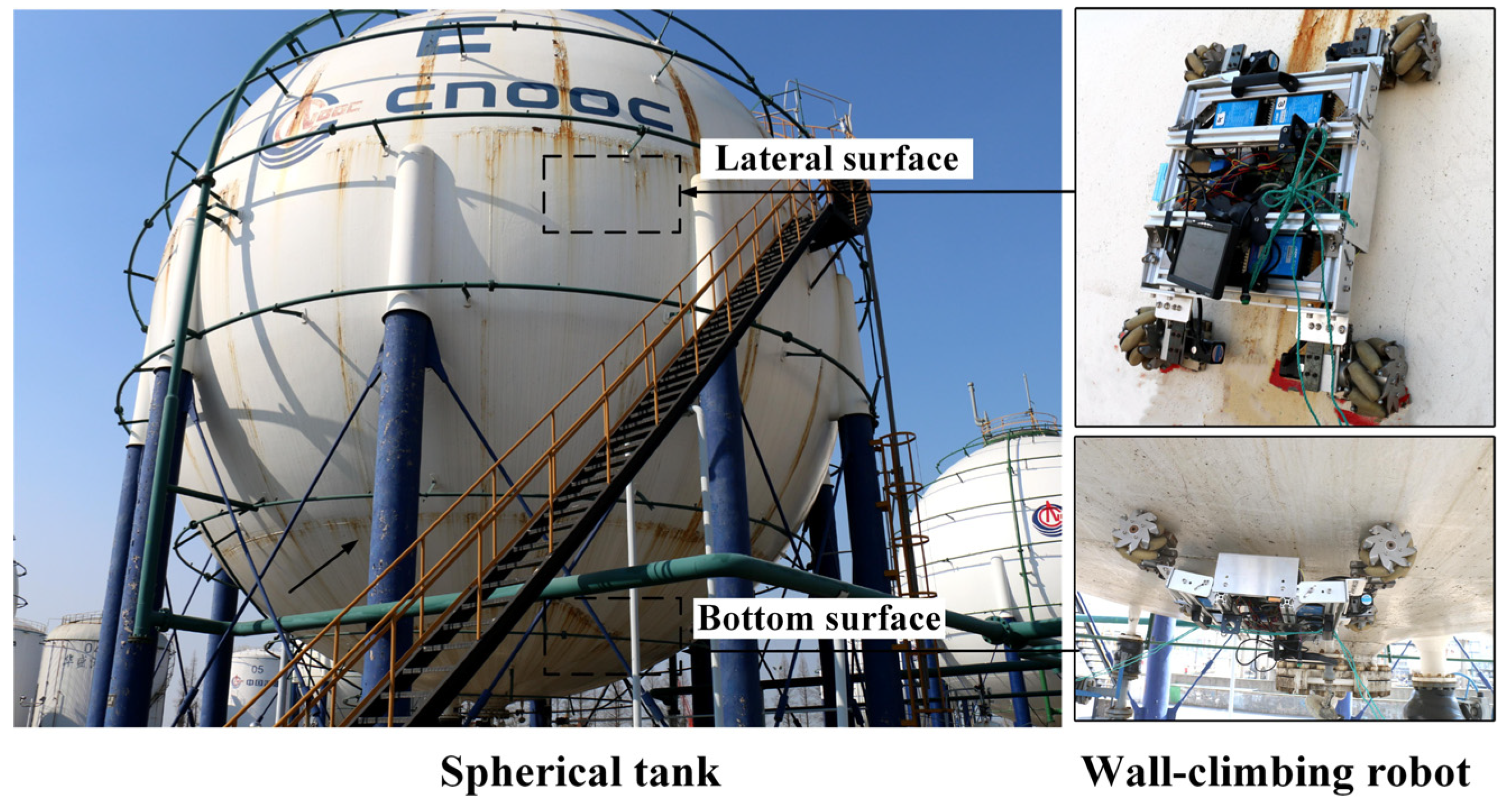How Tank Welding Inspection Stops Future Structural Failings
How Tank Welding Inspection Stops Future Structural Failings
Blog Article
The Important Duty of Storage Tank Welding Assessment in Ensuring Structural Stability and Safety And Security Compliance in Industrial Applications
In the realm of commercial applications, storage tank welding assessment arises as a pivotal aspect in safeguarding architectural stability and ensuring compliance with safety and security policies. Using a combination of techniques such as aesthetic assessments and advanced screening techniques, these examinations serve to recognize and minimize prospective defects before they escalate into substantial hazards.
Relevance of Storage Tank Welding Inspection

Ensuring conformity with market standards and laws is an additional significant element of tank welding inspection. Governing bodies mandate strict standards for the building and maintenance of tank, and thorough assessments aid organizations follow these requirements. Non-compliance can lead to severe fines, including penalties and shutdowns, better stressing the demand for strenuous evaluation protocols.
Moreover, tank welding examination plays a vital function in maintaining functional efficiency. Routine evaluations can determine potential concerns before they intensify, helping with prompt repair work and decreasing downtime. This proactive technique not just boosts security yet additionally contributes to cost financial savings in the lengthy run. In summary, the relevance of tank welding evaluation hinges on its ability to protect public wellness, shield the setting, and make sure compliance with regulative structures.
Key Examination Methods
Reliable storage tank welding assessment depends on a variety of crucial strategies that ensure thorough evaluation of weld top quality and structural stability. Among one of the most common methods are visual assessment, ultrasonic screening, radiographic testing, and magnetic particle screening - Tank Welding Inspection. Each technique offers unique benefits in assessing different aspects of the weld
Aesthetic examination offers as the first line of protection, permitting inspectors to recognize surface defects, abnormalities, or disparities in the weld grain. Ultrasonic testing uses high-frequency audio waves to find internal flaws, such as fractures or gaps, offering a comprehensive assessment of weld stability. This method is particularly efficient in discovering problems that may not show up externally.
Radiographic screening utilizes X-rays or gamma rays to create pictures of the welds, exposing internal discontinuities and giving a long-term document for future recommendation. This technique is extremely efficient for essential applications where the danger of failing should be decreased.
Last but not least, magnetic fragment screening is employed to identify surface area and near-surface issues in ferromagnetic products. By using magnetic fields and fine iron fragments, examiners can identify discontinuities that could endanger the structural integrity of the tank. Together, these strategies form a robust structure for making sure high-grade welds in commercial applications.
Conformity With Safety And Security Criteria

Routine inspections play a critical function in making certain conformity by recognizing possible failings or inconsistencies from prescribed requirements. Inspectors are educated to assess weld high quality, confirm material specifications, and evaluate the overall structural integrity of storage tanks. Their experience is crucial in ensuring that welding procedures satisfy the required safety standards.
Moreover, compliance with security requirements not just safeguards workers but likewise safeguards the environment check from possible risks such as leakages or devastating failings. Organizations that focus on safety and security compliance are much better placed to minimize risks, enhance operational performance, and promote a culture of security within their workforce. In recap, maintaining extensive conformity with security requirements is important for the successful procedure of tank welding activities in industrial setups.
Advantages of Normal Examinations
Normal inspections are essential to keeping the architectural integrity and security of bonded tanks. These examinations offer a methodical method to determining prospective defects or weaknesses in the welds, making certain that any problems are addressed before they rise into substantial failures. By conducting routine analyses, organizations can detect corrosion, tiredness, and various other kinds of wear and tear that may endanger tank performance.
Additionally, consistent evaluations add to compliance with industry regulations and standards. Complying with these standards not only alleviates lawful threats yet likewise enhances the company's online reputation for security and integrity. Routine examinations cultivate a positive security society, urging workers to identify and focus on the value of tools stability.

Study and Real-World Applications
Situation studies and real-world applications illustrate the substantial influence of reliable tank welding inspection practices. Adhering to the execution of strenuous welding inspection procedures, including visual and ultrasonic screening, the facility determined essential problems in weld joints that could have led to disastrous failings.
Likewise, a water therapy plant executed a detailed examination program for its tank welding procedures - Tank Welding Inspection. By integrating non-destructive testing techniques, the plant was able to discover very early indications of rust and tiredness in weld joints. This timely intervention extended the lifespan of the containers and made sure conformity with safety and security laws, hence securing public health and wellness
These case studies emphasize the relevance of normal and systematic container welding inspections. By focusing on these practices, sectors can alleviate threats, improve architectural integrity, and guarantee conformity with safety requirements, ultimately leading learn the facts here now to boosted functional efficiency and lowered responsibilities.

Conclusion
To conclude, container welding inspection is a vital component of preserving architectural integrity and safety in industrial applications. Employing different evaluation methods ensures very early discovery of prospective problems, thus stopping tragic failures. Adherence to safety and security criteria further improves operational integrity and compliance with governing requirements. Inevitably, routine evaluations not only secure public health and the environment yet additionally add to the longevity and performance of crucial properties, emphasizing the vital function of this technique in industrial procedures.
Report this page